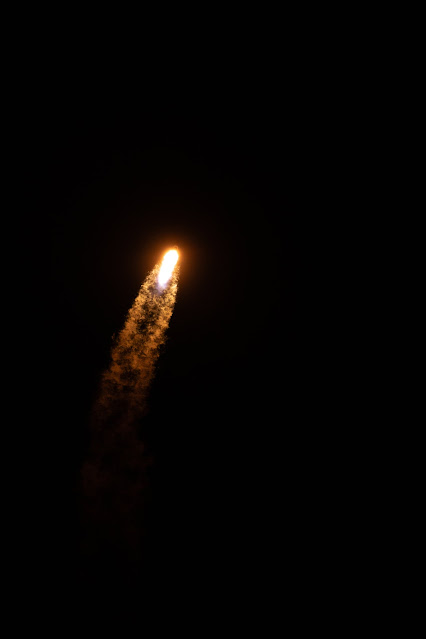The Tail of Comet 12P/Pons-Brooks
12P/Pons–Brooks is a periodic comet with an orbital period of 71 years. It fits the classical definition of a Halley-type comet with an orbital period between 20 and 200 years. It is also one of the brightest known periodic comets, reaching an absolute visual magnitude ~5 in its approach to perihelion.
Comet Pons-Brooks was discovered at Marseilles Observatory in July 1812 by Jean-Louis Pons, and then later recovered in 1883 by William Robert Brooks.
The greenish coma of this comet has become relatively easy to observe in small telescopes. However, the bluish ion tail now streaming from the active comet's coma and buffeted by the solar wind, is faint and difficult to follow. Still, in this image stacked exposures made on the night of February 11, 2024, reveal the fainter tail's detailed structures. The frame spans over two degrees across a background of faint stars and background galaxies toward the northern constellation Lacerta. Of course, Comet 12P's April 21, 2024, perihelion passage will be only two weeks after the April 8 total solar eclipse, putting the comet in planet Earth's sky along with a totally eclipsed Sun.
Image Credit & Copyright: Dan Bartlett
Dan's Website: https://www.astrobin.com/users/h2ologg/
Release Date: Feb. 16, 2024
#NASA #Space #Astronomy #Science #Sun #Earth #Comets #Comet #Comet12PPonsBrooks #Perihelion #Lacerta #Constellation #SolarSystem #Astrophotography #DanBartlett #Astrophotographer #CitizenScience #UnitedStates #STEM #Education #APoD
%20JuneLake-DEBartlett%20APoD(R).jpg)
.jpg)












.jpg)